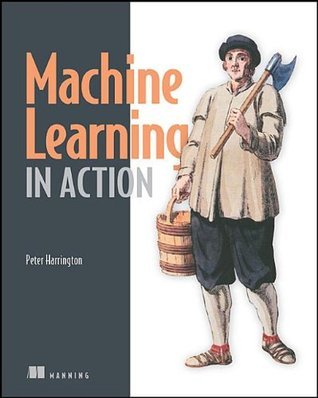What do you think?
Rate this book


The ability to take raw data, access it, filter it, process it, visualize it, understand it, and communicate it to others is possibly the most essential business problem for the coming decades. "Machine learning," the process of automating tasks once considered the domain of highly-trained analysts and mathematicians, is the key to efficiently extracting useful information from this sea of raw data.
Machine Learning in Action is a unique book that blends the foundational theories of machine learning with the practical realities of building tools for everyday data analysis. In it, the author uses the flexible Python programming language to show how to build programs that implement algorithms for data classification, forecasting, recommendations, and higher-level features like summarization and simplification.
384 pages, Paperback
First published December 28, 2011